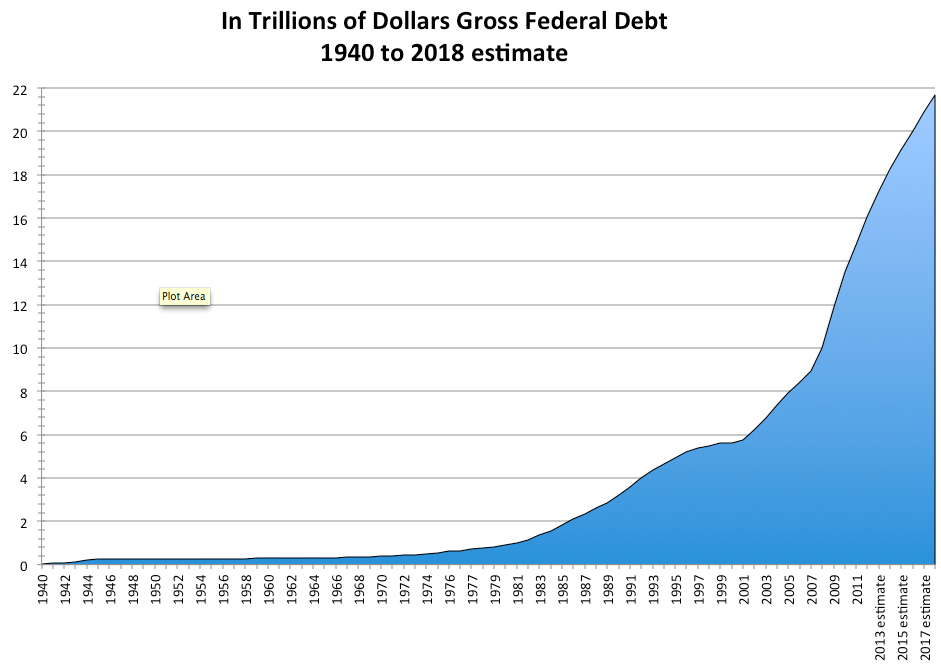A few weeks ago, U.S. Treasury Secretary Jacob Lew gave Congress an update on the Treasury Department’s ability to continue financing the federal government. This past May, the federal government reached its statutory debt limit and have been taking specific measures to avoid default. According to the Secretary’s most recent update to Congress, all of those measures are expected to be exhausted by mid-October and the debt limit will need to be raised if the federal government wants to avoid any threat of default or failure to pay the government’s obligations. Republicans continue to call for spending cuts and other reforms in exchange for raising the debt ceiling, while President Obama has again refused to negotiate over raising the borrowing limit. According to reports, lawmakers are considering another short-term suspension of the debt limit, similar to the action taken in January 2013. This legislative action would coincide with the FY 2014 budget debate, assuming a short-term continuing resolution is passed.
Below is a chart of the United States’ gross federal debt. The total for 2012 was $16 trillion, with the estimate for 2018 amounting to $21.7 trillion. The idea of raising the debt ceiling is dangerous and sets our country on a dangerous path. Just like in our own personal finances, eventually the debt runs out and someone has to pay up – in the government’s case, it is the taxpayer.

